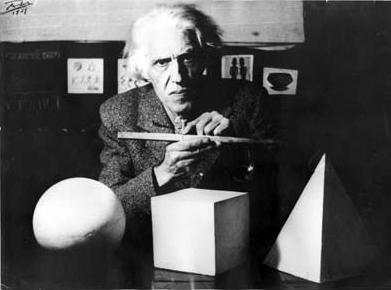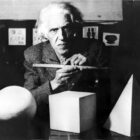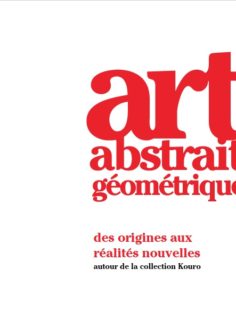1874 – 1949 : Joaquín Torres García (28 July 1874 – 8 August 1949) also known as Joaquim Torras, Quim Torras was a Uruguayan/Catalan artist (“l’artista uruguaianocatalà Joaquim Torres Garcia”), painter, sculptor, muralist, novelist, writer, teacher and theorist who spent most of his adult life in Spain and France.
Eric Jardi termed him a “Uruguayan-Catalan artist, not only for being the son of a Mataronés but because he lived in Catalunya from the age of seventeen until he was forty-six, acquiring from the land of his father his strong artistic training, and dedicated to it an important sector of his work. He was one of the most notable personalities of artistic movement in the first half of the century. Pioneer of the renaissance of Modern Classicism, leader of the Mediterranean cultural tradition noucentisme, inventor of Universal Constructivism, “Torres-Garcia is one of the great figures of the art of this century”, an avant gardist whose influence encompasses European, American and South American modern art. He is known for his collaboration with Gaudi in 1903 on the stained glass windows for the Palma Cathedral, and the Sagrada Família. In 1913 he painted the famous monumental frescoes in the medieval Palau de la Generalitat seat of the Catalan government. As a theoretician he published “more than one hundred and fifty books, essays and articles written in Catalan, Spanish, French, English; admirable treaties about aesthetics, calligraphy, pictograms and avant-garde literature.”, and gave more than 500 lectures. An indefatigable teacher he founded two art schools one in Spain and another in Montevideo and numerous art groups including the first European abstract art group and magazine Cercle et Carré (Circle and square) in Paris in 1929. Many artists have called him “Maestro” including Joan Miró, Helion, Pere Daura, Engel Rozier. Retrospectives in Paris in 1955 and Amsterdam in 1961 are the earliest to document historically the place of Torres-Garcia in the currents of abstract art. In the United States he had important exhibitions in the 1920s, in the 1930s at Gallatin’s Gallery of Living Art as a master of the European Modern Art among Arp, Braque, Gris, Picasso. Sidney Janis Gallery sponsored important shows from the 1950s. “In the United States he was probably underrated precisely because he was so influential; Adolph Gottlieb’s and Louise Nevelson’s debt to his work has never been fully acknowledged “



